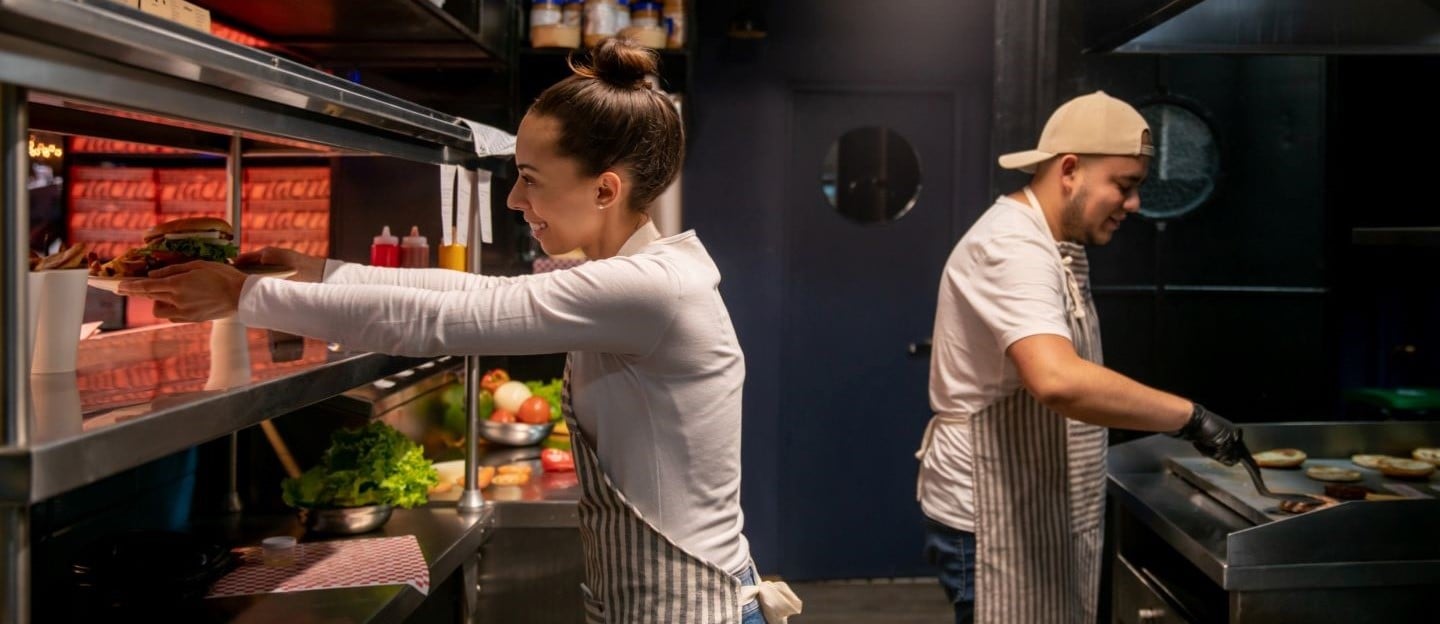
The Impact of Innovation
Soaring use of online ordering channels and third-party delivery platforms are shaping the ways diners interact with their favorite restaurant brands, pushing restaurants to leverage digital innovation to bring modern experiences to life. In today's competitive market, restaurants are strategically evaluating opportunities to enhance both the in-store and online experience. To remain relevant, more restaurants are diversifying their offerings. 43% of restaurants introduced new products or services in 2023 alone. This trend is expected to accelerate in 2024, with 90% of restaurants expecting to introduce additional revenue streams beyond their core business.

Operational Challenges
One major quick-service restaurant chain had long relied on menu innovations to drive its marketing strategy. While innovative, on-brand offerings energized its consumer base and drove sales, these changes significantly disrupted back-of-house (BOH) operations, particularly at high-volume locations. Without a predictive model for mitigating these disruptions, the brand found itself in a continuous balancing act between innovation and operational efficiency.
To achieve their growth targets, leaders recognized the need to proactively anticipate and predict the impact of menu changes across thousands of restaurant locations. The right model would reduce space and equipment utilization and future-proof their innovation pipeline for new product launches.
Capacity Modeling at Scale
Leaders partnered with Point B's cross-functional team of restaurant technology, analytics, and operations experts to develop a comprehensive BOH capacity model that enabled them to identify bottlenecks across their entire system. The capacity model was data-driven and store validated, informed by:
13 in-store operational studies
50+ stakeholder interviews
Detailed menu item demand analysis across more than 60 billion transactions
Predictive modeling on maximum throughput capacity across store configurations
User feedback from menu mix modeling workshops
The project team centralized data from thousands of locations and leveraged real-world use cases from store-level conversations to test and validate the model’s effectiveness.
Using Data to Drive Menu Decisions
Now, the restaurant’s newly formed Strategic Operations team has a data-driven capacity modeling tool that accurately assesses the impact of menu changes across back-of-house operations, including equipment, labor, and storage space.
By the end of the project, the leaders could collaboratively walk through upcoming scenarios with marketing and operations teams and enable data-driven discussions around the operational impacts of upcoming menu changes. The capacity model pinpointed specific equipment bottlenecks, leading to targeted initiatives that have the potential to increase capacity by 10-15%.
Empowered to innovate beyond the boundaries of operational uncertainty, our customer can bring new menu offerings to market at a scale that positions the brand for meaningful growth across thousands of restaurant locations.

RELATED INDUSTRIES
RELATED SOLUTIONS


